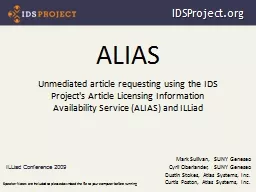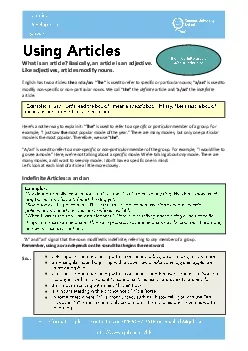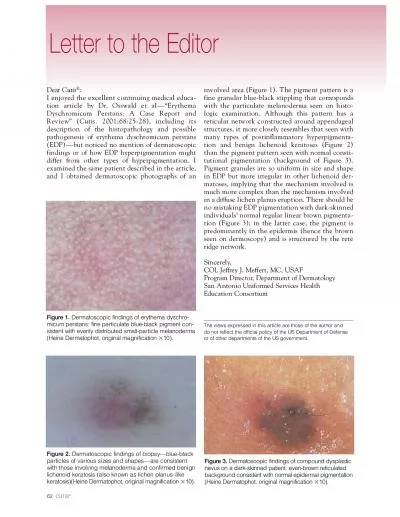PDF-ORIGINAL ARTICLE
Author : dorothy | Published Date : 2022-08-23
43 Department of Anatomy Institute Of Medical Sciences Banaras Hindu University Varanasi Uttar Pradesh 150 221005 IndiaCorrespondence Dr Shubhangi Yadav Department
Presentation Embed Code
Download Presentation
Download Presentation The PPT/PDF document "ORIGINAL ARTICLE" is the property of its rightful owner. Permission is granted to download and print the materials on this website for personal, non-commercial use only, and to display it on your personal computer provided you do not modify the materials and that you retain all copyright notices contained in the materials. By downloading content from our website, you accept the terms of this agreement.
ORIGINAL ARTICLE: Transcript
Download Rules Of Document
"ORIGINAL ARTICLE"The content belongs to its owner. You may download and print it for personal use, without modification, and keep all copyright notices. By downloading, you agree to these terms.
Related Documents













